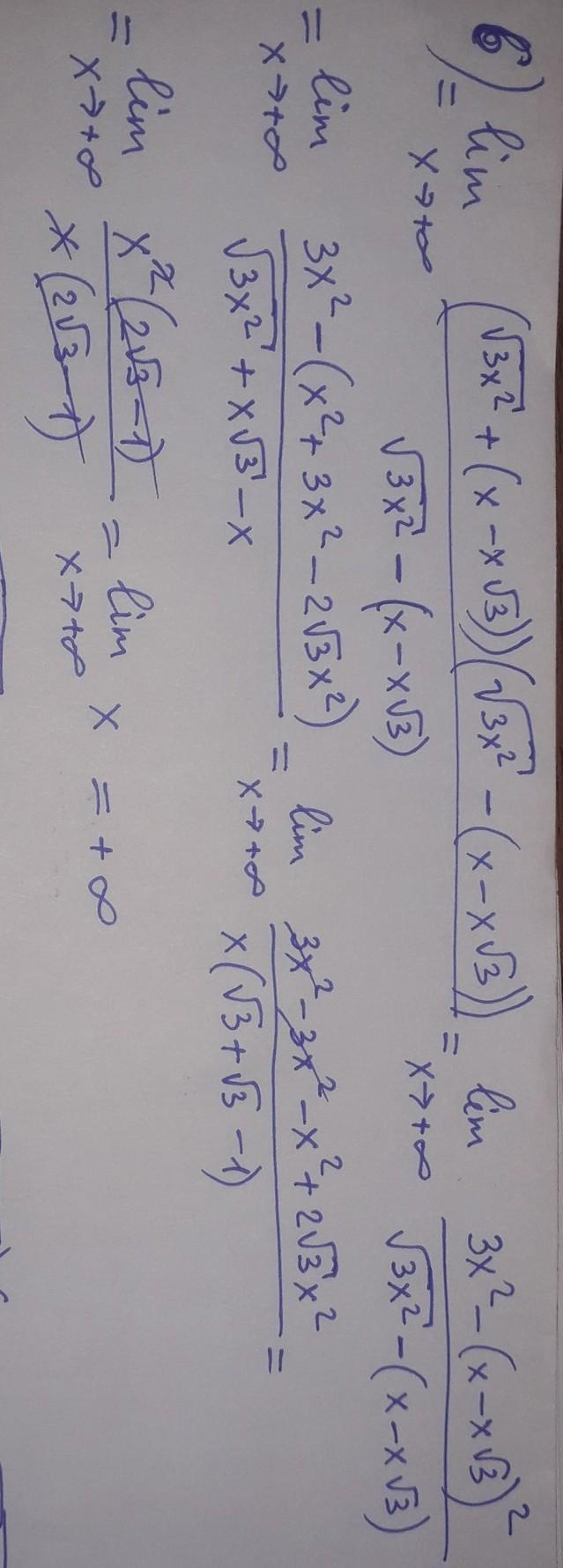Предмет: Алгебра,
автор: ZaznalsyakakGadyka
Пределы функции, помогите с 4 5 и 6 номером
Приложения:

kazemir4ik:
очень плохо видно, может сфоткаете еще разок?
в 5 номере 1 - корень x-3 разделить 2- корень x
в 6 номере (корень x^2+x и -х)
в 6 номере (корень x^2+x и -х)
корень из 3 икс квадрат + икс - корень из икс?
т.е икс корней из 3х в конце
проверьте пожалуйста условие 4го примера
Ответы
Автор ответа:
1
Объяснение:
Вот решение пятого и шестого примеров. Тут 4 фото
Простите, не вижу я условие 4-го примера, сделайте фото еще раз и попробуем
Приложения:




подскажите об условии?
Похожие вопросы
Предмет: Қазақ тiлi,
автор: Gulili
Предмет: Английский язык,
автор: AloysiaTyrell
Предмет: Русский язык,
автор: zarifaaliyeva1
Предмет: Русский язык,
автор: merkulova43
Предмет: Українська література,
автор: Настя876541